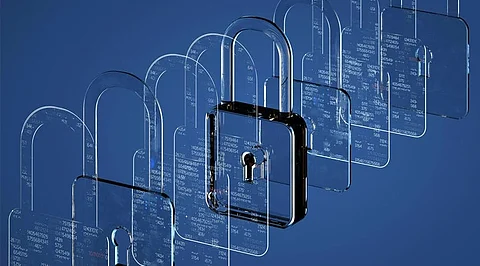

We cannot deny the fact that cyberattacks are growing at an unprecedented rate. As more and more companies are turning to digital, the risk of exposure to cybercriminals is relentlessly becoming inevitable. In the current scenario, COVID-19 has expedited this threat to the next level so far in 2020. Reports show that 80% of firms have experienced an increase in cyberattacks, while the pandemic has given a rise of 238% in attacks in the banking sector alone. Keeping this in mind to strengthen their first line of defence, cybersecurity experts are now exploring the power of geospatial data.
Before digging dive into how it will power cybersecurity strategies, let's first understand what Geospatial data is, its significance and its impact.
Geospatial data is about the information associated with objects, events, or phenomena that have locations around the world. This location may be static in the short-term or dynamic. Significantly, geospatial data coalesces location information, attribute information and often also temporal information. These forms of data that are growing in diversity and size enable better communication between the people and the different teams working for the welfare and security of people.
Cyberspace is critically reliant on mechanical devices and staffs that make up its components in the physical domain or layer. According to the Department of Defense Joint Publication 1-02, cyberspace is "The interdependent network of information technology infrastructures and resident data, including the Internet, telecommunications networks, computer systems, and embedded processors and controllers."
Integrating geospatial data into pre-existing security systems substantially reinforces a company's cybersecurity strategies. This is largely being used by national security agencies, as cyber threats affect more than just the IT infrastructure of an agency or command. Since organizations can no longer overlook cyber threats or delegate security to the IT department alone, they must prioritize and align effective cybersecurity activities to their business objectives. Geographic information systems (GIS) can be a powerful solution helping in establishing shared situational awareness for interdisciplinary activities.
GIS has the potential to improve the cyber defence of an organization and enable a cross-disciplinary approach to meet organizational mission by prioritizing the availability of IT systems based on mission priorities.
Mapping and keeping track of cyberattacks in real-time give an understanding of how common such attacks are and how imperative it is for national agencies to have updated countermeasures in place. Using GIS helps organizations to comprehend the scale of such attacks and identify meaningful trends. Emergency management, infrastructure protection, national intelligence and national defence platforms all rely on geospatial data to introduce effective policies of protection.
The Global Positioning System (GPS) is another geospatial approach to the national cybersecurity strategy. In May 2020, it was reported that the National Institute of Standards and Technology (NIST) requested information from the public about the broad use of positioning, navigation and timing (PNT) services, in addition to the cybersecurity risk management approaches used to safeguard them. Aimed primarily at tech vendors and users of PNT services, the request comprised questions designed to elicit a wide-ranging picture of how PNT is used across different sectors of the economy.
In brief, by integrating geospatial data into existing as well as novel cyber indicators, organizations can quickly discover, determine and prioritize all manner of cyber threats, both intentional and accidental, by building a comprehensive model that assimilates all available data.
Join our WhatsApp Channel to get the latest news, exclusives and videos on WhatsApp
_____________
Disclaimer: Analytics Insight does not provide financial advice or guidance. Also note that the cryptocurrencies mentioned/listed on the website could potentially be scams, i.e. designed to induce you to invest financial resources that may be lost forever and not be recoverable once investments are made. You are responsible for conducting your own research (DYOR) before making any investments. Read more here.
